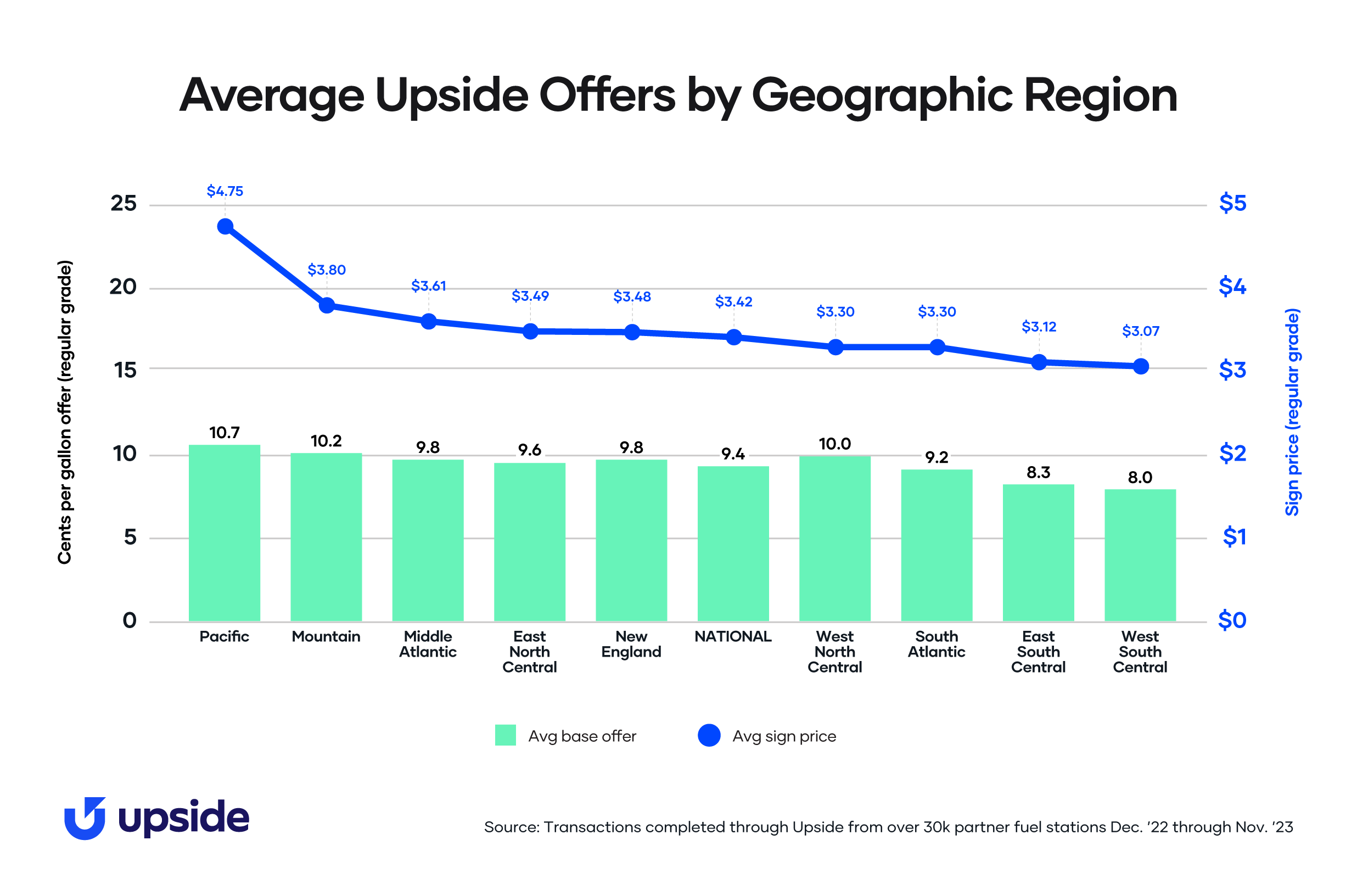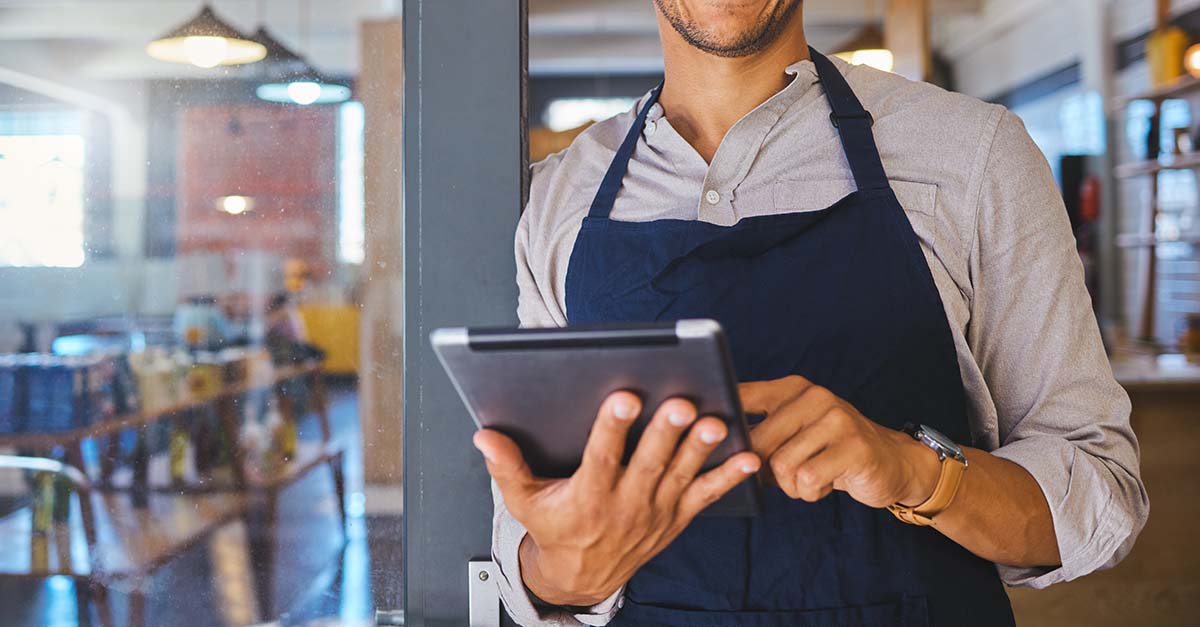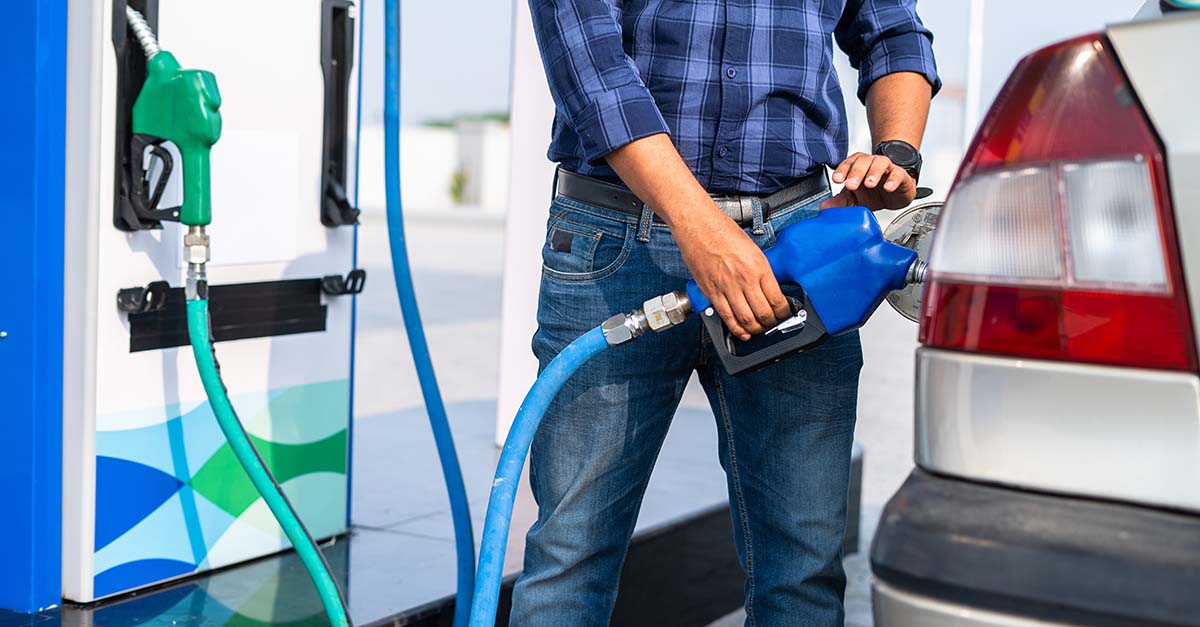Fuel promotions that change customer behavior at the pump
Upside surveyed consumers on effective fuel offers. Then, we reviewed transaction data from 30K fuel sites to learn what really changes buying behavior.

David Poulnot
What does it take to move a fuel customer away from competitors?
There's a growing consensus among fuel retailers that typical 5 cents-per-gallon discounts don't bring in customers like they used to. So, what kind of offers move the needle today?
Survey data shows that cash back is the preferred reward for most consumers. But how much cash back is enough? Further analysis of transaction data from 30,000 fuel sites indicates that there’s no one-size-fits-all offer to incentivize drivers to stop at your pump.
Read on to learn more about our findings, which include insights on what a compelling fuel promotion looks like in your region.
What consumers say is a valuable offer
Many national fuel retailers have shifted from offering 5 cents-per-gallon to 10 cents-per-gallon to stand out from competitors, drive new transactions, and increase customer engagement.
But what do customers say motivates them to choose one gas station over another?
Upside surveyed 500 users to see what type of cash back offers they found favorable. The inflection point was 7 cents-per-gallon. Users said any offer at that point or above would entice them to spend at a particular gas station, while they viewed any offer below that point unfavorably.
But even when users perceive an offer as favorable, it doesn't necessarily mean that offer will motivate them to drive out of their way. A look at transaction data shows that, in reality, consumers need a little extra incentive.
The gap between words and action: 7 cents isn’t enough
There’s a gap between what customers say they want and how they actually behave.
While customers say they need about 7 cents-per-gallon to change where they shop, a year of transaction data from 30,000 retail locations around the country shows that the average driver actually needs around 9 cents-per-gallon.
With regional data, we can see that the cash back needed to change customer behavior varies from place to place around the country. Here's a breakdown of the average offers needed to persuade users by region:
- 8 cents-per-gallon: West South Central and East South Central regions
- 9 cents-per-gallon: Middle Atlantic, East North Central, New England, and South Atlantic regions
- 10+ cents-per-gallon: Pacific, Mountain, and West North Central regions
That said, in areas where gas prices are particularly high, the size of a “compelling” offer tends to level off. For instance, even though gas is $1.68 more per gallon in the Pacific compared to the West South Central region, offers in the Pacific only need to be about 2 cents-per-gallon higher to make drivers alter their behavior.

How to provide compelling offers and earn more profit
Many fuel retailers have dedicated extensive resources to build loyalty programs that engage current customers and encourage repeat visits. Those programs are sophisticated, and they drive real value to retailers.
Retailers are right to invest in these programs. Consumers want more value, and they make shopping decisions accordingly. But as these programs have become more popular, they have also become more similar. And the lack of differentiation means that these programs alone are no longer the deciding factor for consumers deciding where to buy.
Unless retailers can see that these programs drive behavior change—meaning that customers are indeed visiting more or spending more as a result of incentives—then it’s possible these programs are not profitable. There are many instances where retailers unnecessarily or overly discount goods for already-loyal customers, cannibalizing their expected profit. So these fixed, segmented cents-per-gallon offers could eat into your bottom line as profit margins fluctuate.
Personalized and dynamic promotions layered onto existing loyalty programs can help differentiate your retail location, inject more value into the customer experience, and drive proven profit back to your bottom line. And consumers want—even expect—personalized offers. In fact, a McKinsey study showed that 76% of consumers get frustrated when they don’t find it.
Upside cash back is one such option. These offers adjust automatically based on sign price and profit margins, and are further tailored to each user based on what the algorithm learns about their spending patterns. These offers simultaneously motivate consumers to visit a station and maximize retailer profit, and protect retailers from unprofitable sales during low-margin periods.
Shoppers today are more price-sensitive than ever, and Upside’s users have proven to be engaged with the app and willing to change their behavior if the offer is right. One retailer who paired its loyalty program with Upside’s offers saw loyalty members visit 2.6 times more often and spend 2.8 times more.
Combining a traditional loyalty program with an Upside partnership can help you attract more customers without eating into your margins or changing anything else about your business.
Share this article:
David is a results-driven sales executive with a demonstrated history of success within enterprise relationship management and business development. At Upside, David serves as the Vice President of Multi-Vertical Sales where he is a key stakeholder in defining Upside’s merchant acquisition strategy along with leading the team that executes on the strategy nationwide.
Request a demo
Request a demo of our platform with no obligation. Our team of industry experts will reach out to learn more about your unique business needs.











.png)




